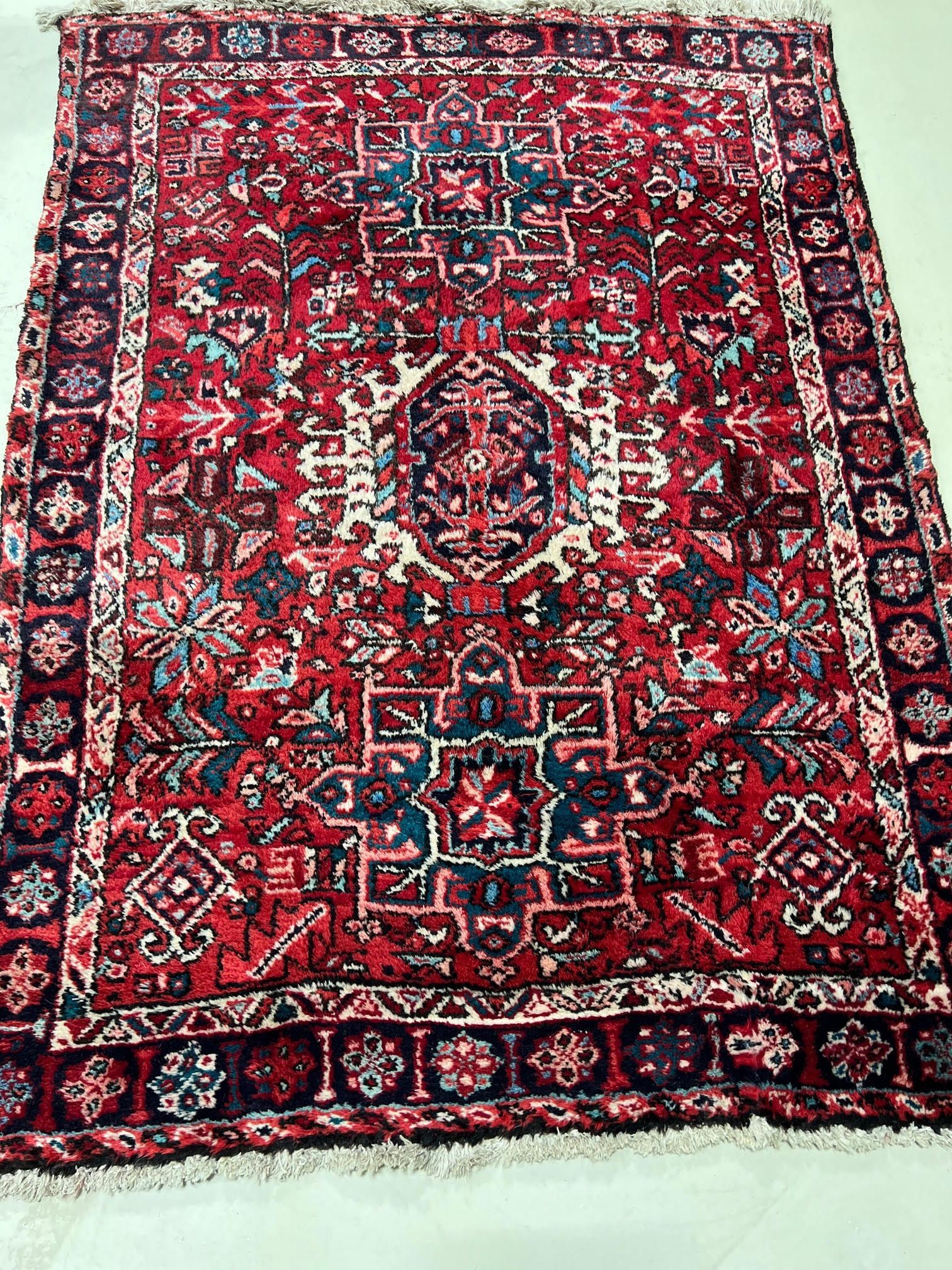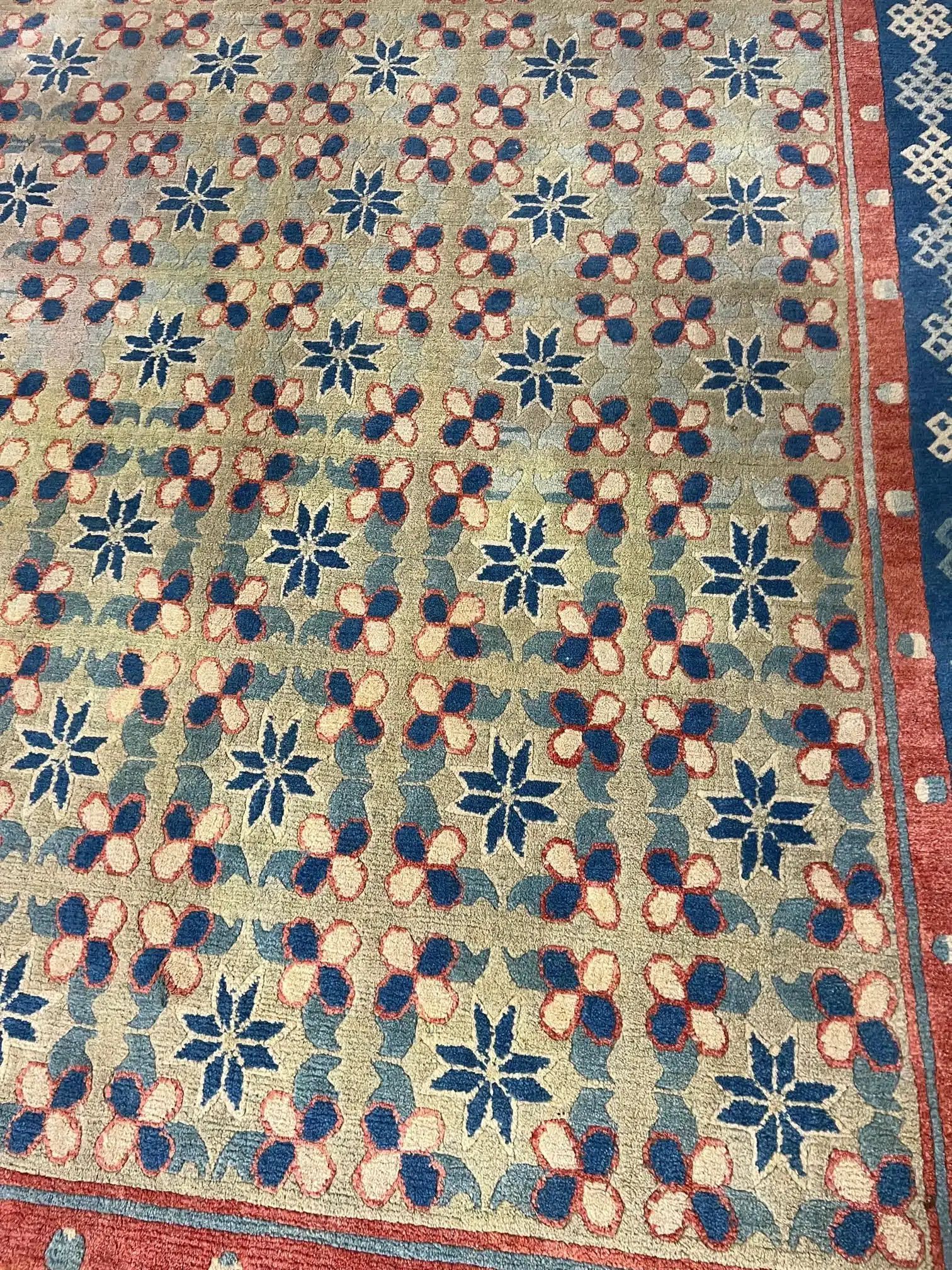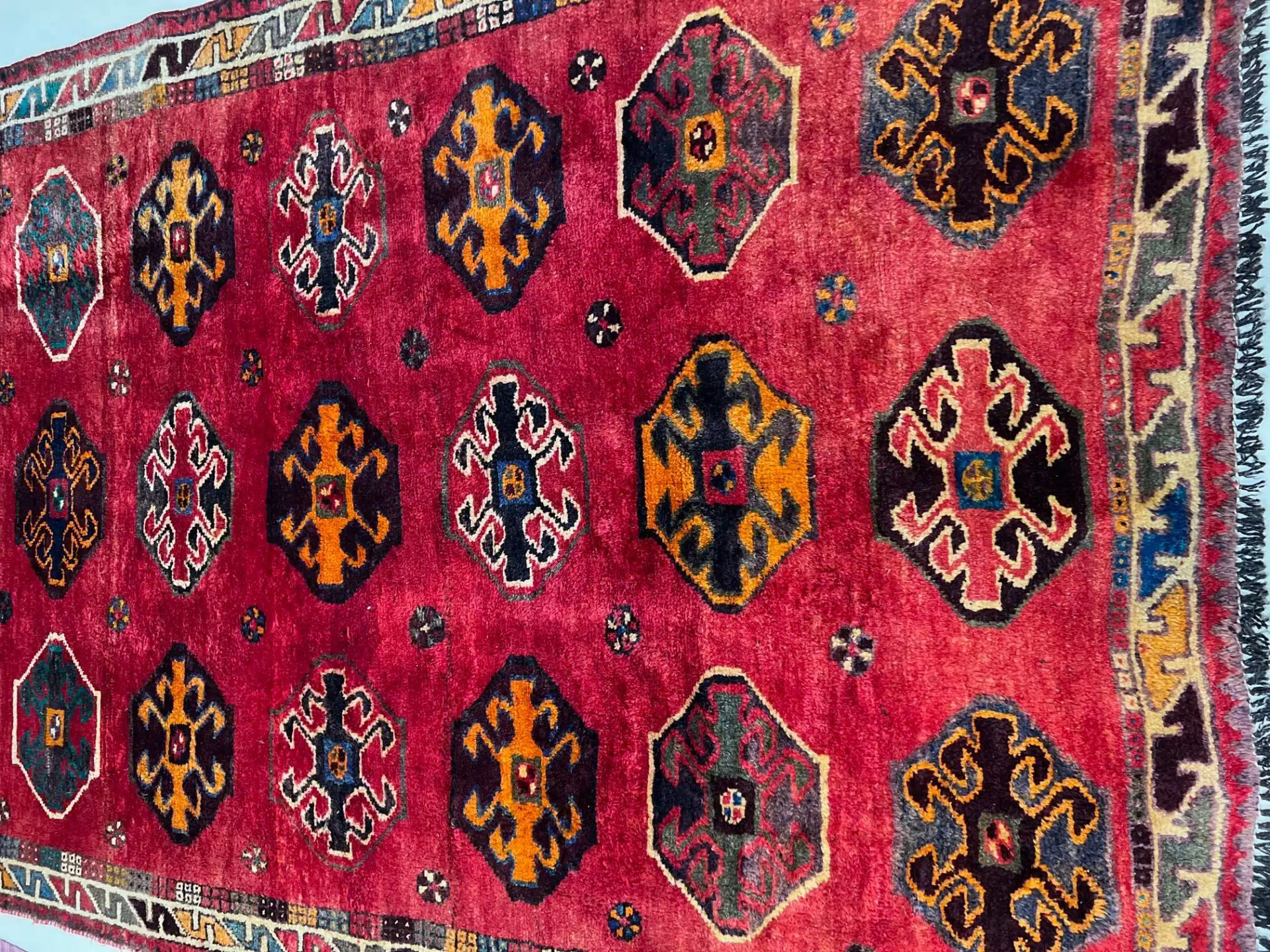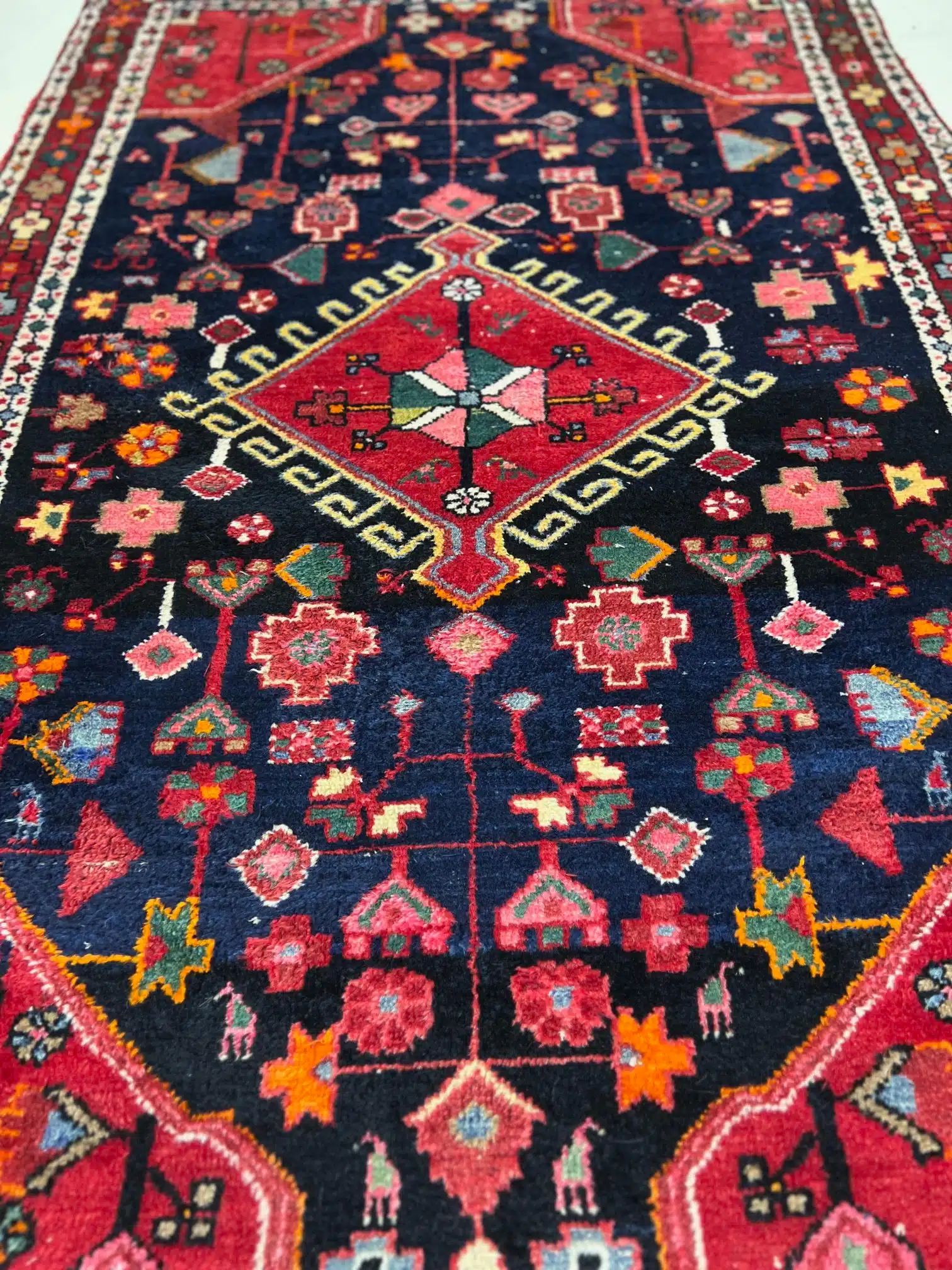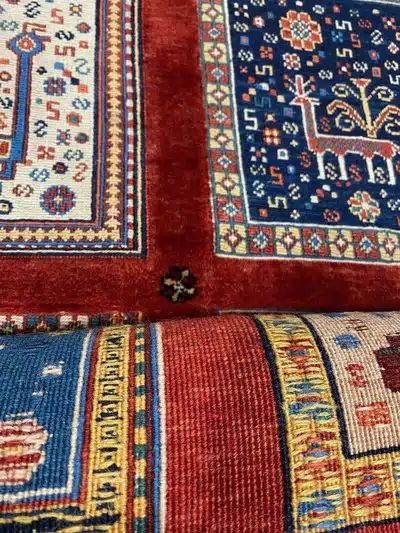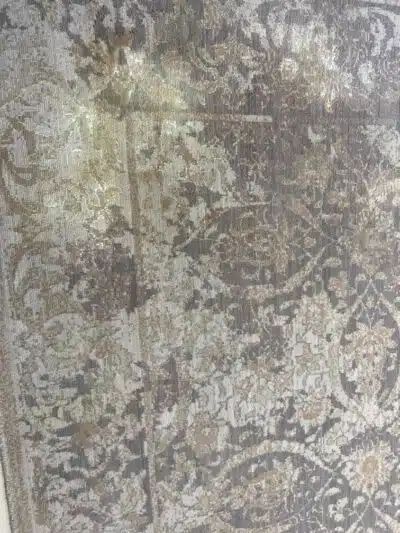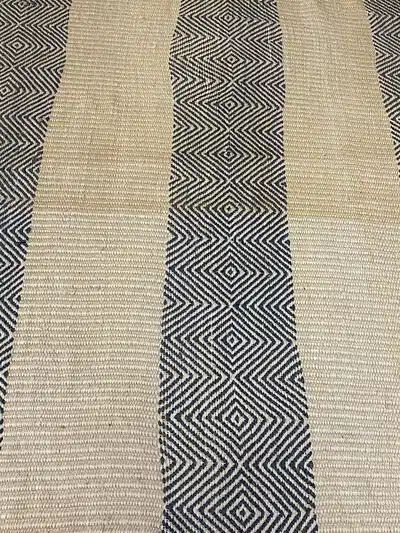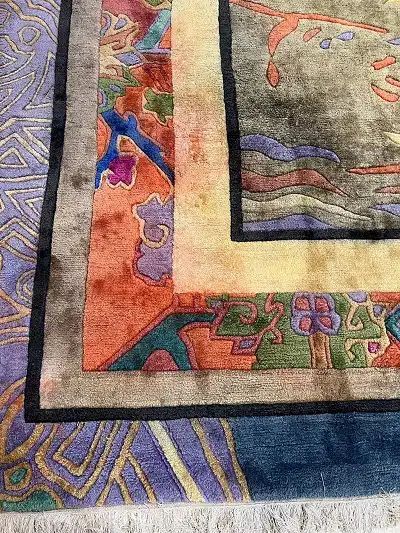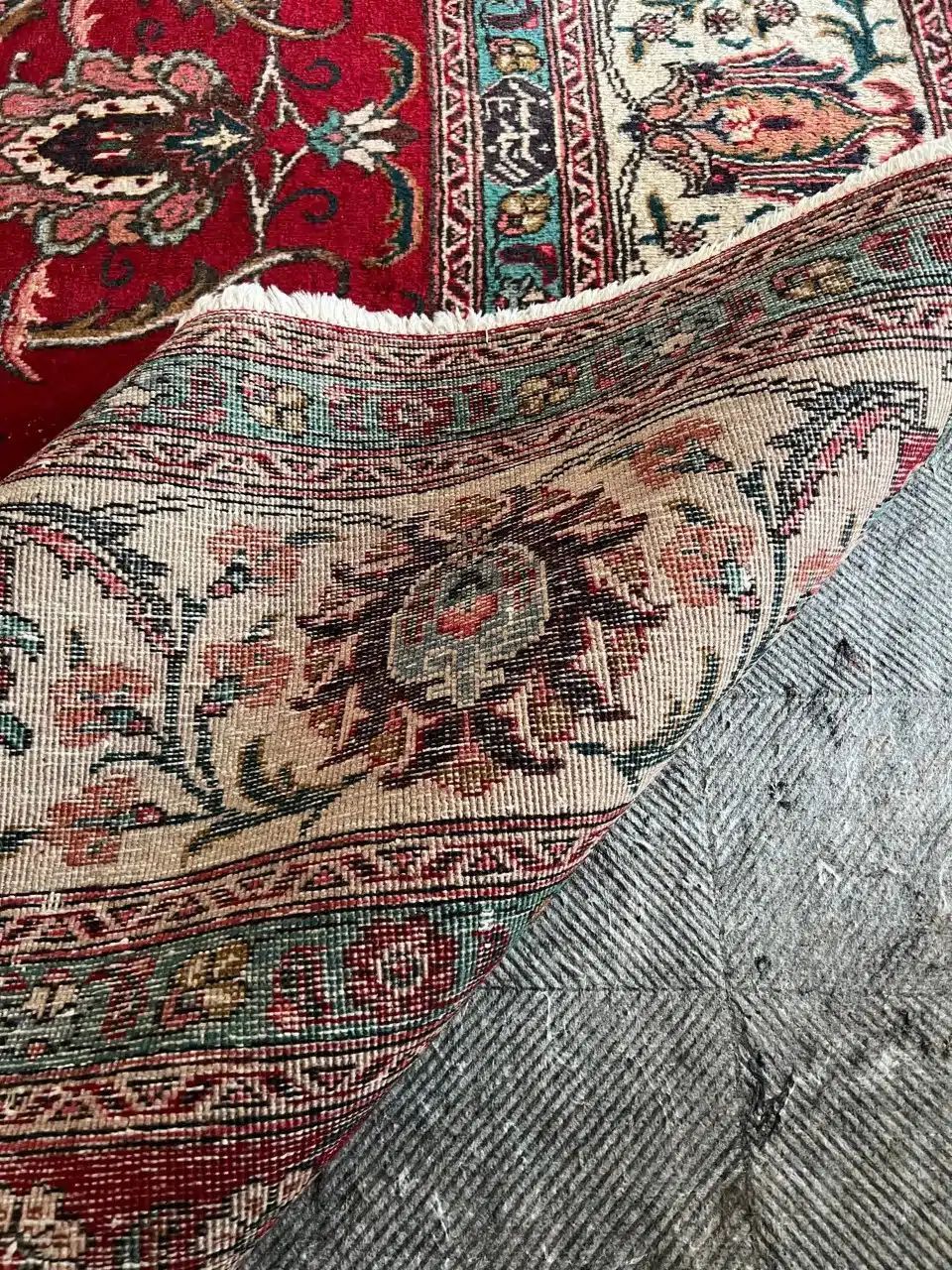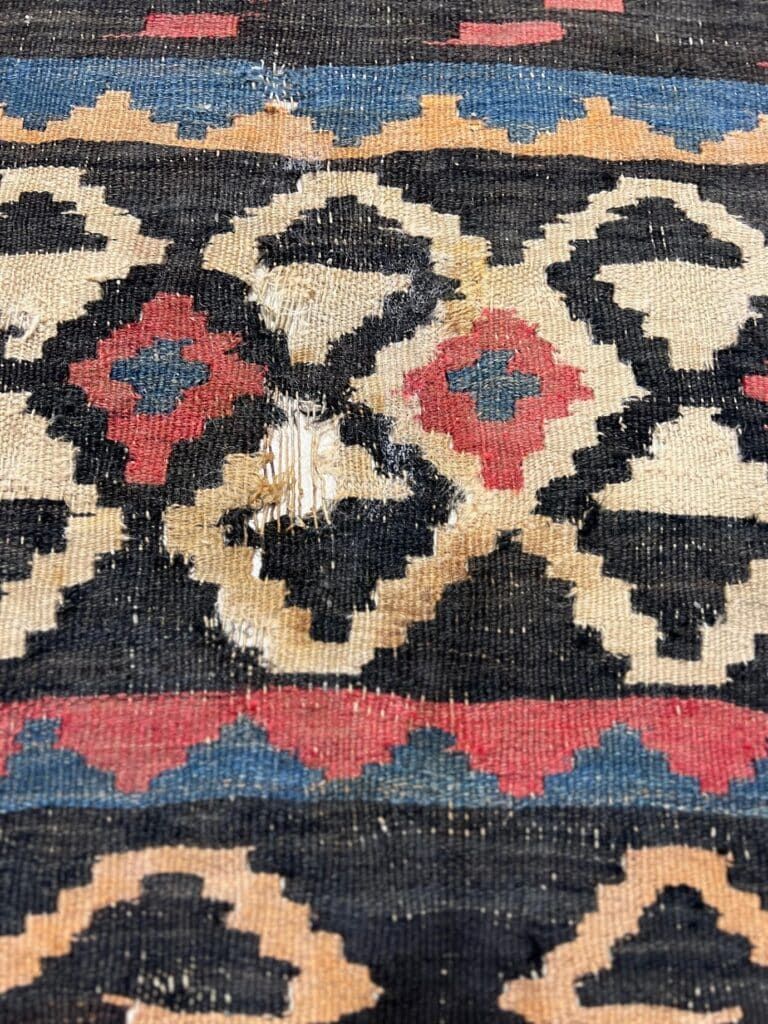Persian Rugs Are More Than Just Rugs
Before weaving was invented, tribes likely used animal pelts as carpets or rugs. But the abundant supply of wool from resident sheep in the Middle East encouraged innovation. Wool rugs were soft, pliable, and cozy.
Persian Carpet History
The first document that mentioned Persian carpets was the book “Anabasis,” which was written in 400 B.C. by the Greek author Xenophon. He describes the rugs with an air of opulence and explains that they were spread before a Persian satrap so that his servants would have a comfortable place to sit. However, rugs weren’t only relegated to royalty. They were initially created for practical purposes. The rugs protected nomadic tribes from the cold ground. They could be used as a bed, dining table and so on, serving as portable pieces of beautiful furniture.
Historical Uses of Persian Carpets
If you look around your home, you can see where traveling with Persian rugs would be much simpler than trying to transport large wooden pieces of furniture! Even today, people in some countries still choose to use rugs over large pieces of furniture in their homes in keeping with their local traditions.
The post Persian Rugs Are More Than Just Rugs appeared first on The Austin Rug Cleaner.
